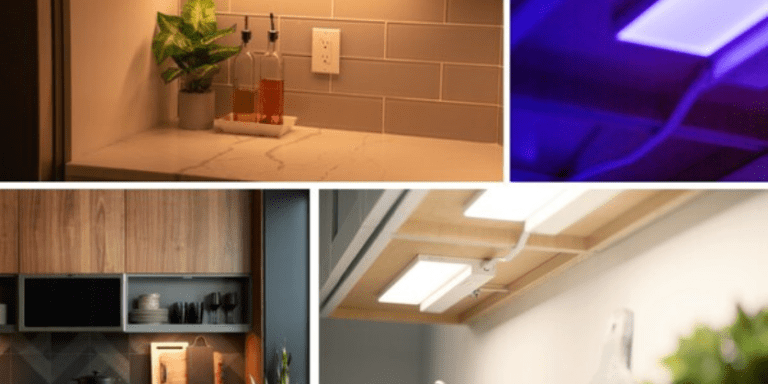How to Level Up Your Landscape Projects
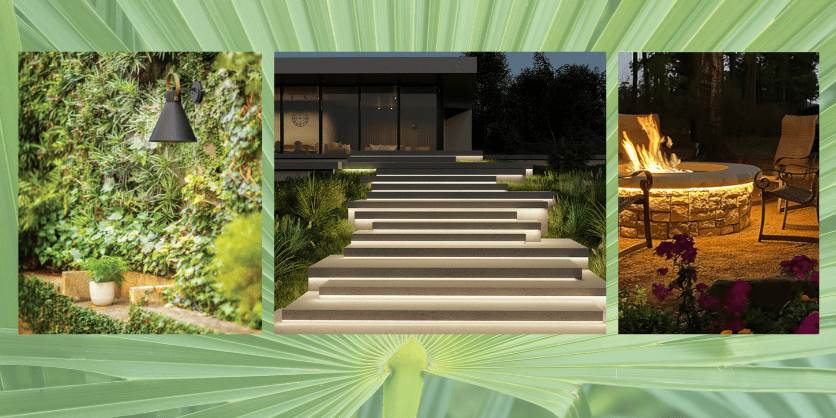
By Robert Lanteigne
Your client spent a fortune last summer on a luxurious outdoor kitchen and adjacent living space plus landscaping and they are ready now to invest in highlighting that investment with a strategic lighting design.
Where to start? Ask your clients to hone in on what they want to see in their yard when the sun goes down. Is it the soft glow of illuminated trees from the dining room window, the sparkle of a fountain as they relax on a patio chair, or is it the subtle glow of a favorite flower bed visible from a cozy porch?
With a professional lighting expert’s help, landscape lighting can provide homeowners with outdoor spaces that look as good at nighttime as they do during the day. But it’s more than just aesthetics — it’s about creating spaces that harmonize with how the client lives, whether they are inside looking out or sitting outdoors savoring the night air.
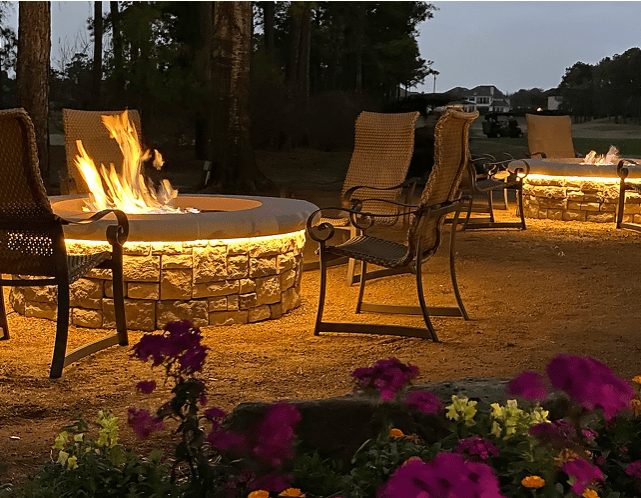
Ask your client to look through each window, and relay what they’d like to see. For example, a majestic tree softly illuminated to show off its height and texture, a gently glowing flower bed with warm colors brought to life, or a rippling pond that reflects light in mesmerizing patterns. Each window can frame a unique scene that, together, can transform the yard into an extension of the home. This shift from static darkness of an unlit yard to the dynamic beauty of a carefully illuminated nightscape is what makes landscape lighting so magical. It’s about curating what the client wants to see, feel, and experience when day turns to night.
Whether you’re designing for indoor views or outdoor enjoyment, lighting natural features such as trees, plants, and water can transform the space into a living artwork — one that evolves with the seasons, grows alongside garden, and adapts to how the clients use their space.
Let’s explore how you can create these moments for clients.
Uplighting Trees: The Key to Drama and Majesty
Trees are often the most striking elements of a garden, and uplighting them can showcase their height, texture, and structure. Uplighting involves placing a light at the base of the tree and angling it upwards to create an impressive glow that accentuates its grandeur.
Choose a tree in the yard, such as a maple or oak, and place an LED spotlight at the base, angled towards the canopy. Experiment with the beam’s width to achieve either a narrow, focused light for drama or a wider beam to highlight the entire canopy. Then adjust the fixture’s position to ensure the light grazes the bark and highlights its texture. Trust me, the results are magical.
In spring, when the tree is full of leaves, light will filter through, creating soft, dappled patterns. In autumn, uplighting enhances the warm colors of turning leaves, casting a golden glow. During winter, the tree’s bare branches create striking, skeletal shadows that add a sense of mystery to your garden.
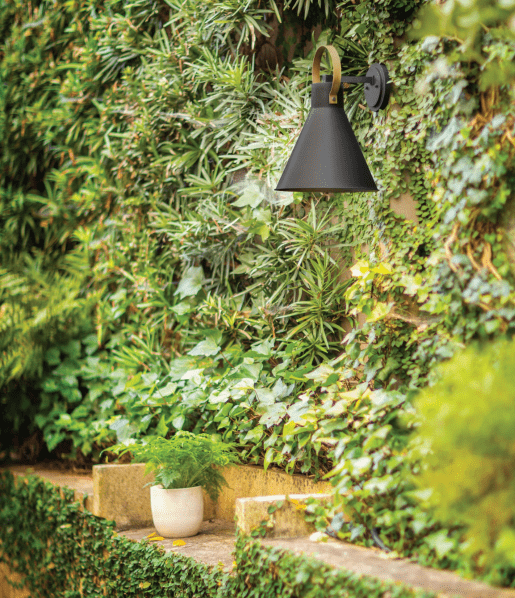
For smaller trees, such as dogwoods or Japanese maples, uplighting can emphasize delicate blossoms in the spring or the tree’s unique structure year-round. These smaller species often become the perfect focal points for intimate spaces, such as a courtyard or patio garden.
Lighting Plants and Shrubs: Layers of Texture and Charm
While trees create vertical drama, plants and shrubs add texture, depth, and softness to a garden’s lighting design. Downlighting is an excellent technique for plants, as it mimics the effect of moonlight filtering through trees. Spotlights and low-voltage fixtures can also be used to enhance vibrant blooms, striking foliage, or the dense greenery of hedges.
For example, use a low-voltage spotlight or path light to softly illuminate a flower bed filled with colorful blossoms, such as tulips or marigolds. Position the light slightly off to the side and aim it across the plants to create layered shadows and highlights. Be sure to test different angles to capture the color and texture of the flowers without overwhelming them with brightness.
For exotic flowers, such as orchids or bird-of-paradise, consider using a more focused light. These bold and dramatic plants can act as showstoppers in the garden, much like stars on a stage. The vibrant colors and unique shapes will pop under a crisp white or slightly warm spotlight.
Bushes and shrubs offer another opportunity to play with light. Tall, dense hedges can be outlined with soft lighting for a sense of structure and privacy. Smaller, more open shrubs allow light to pass through, creating delicate patterns on the ground. The interplay of light with the density and shape of your greenery adds a layer of complexity to your design.
You can do a similar technique with hedges by placing ground-level lights at the base of a hedge.
Angle the lights upward to create a soft glow that will frame the hedge while also illuminating the garden beyond.
For water features, you want to highlight movement and reflection. Water is a dynamic element that takes on new life when paired with lighting. Whether you have a small fountain to work with or a backyard pond or waterfall, lighting can accentuate the movement and reflective qualities of water to create mesmerizing effects.
To iIlluminate a fountain, add a submersible light to the base of the fountain. Use a warm light to highlight flowing water for a golden, glowing effect. Next, position additional lights around the fountain’s perimeter to illuminate the splash and sparkle of the water as it cascades.
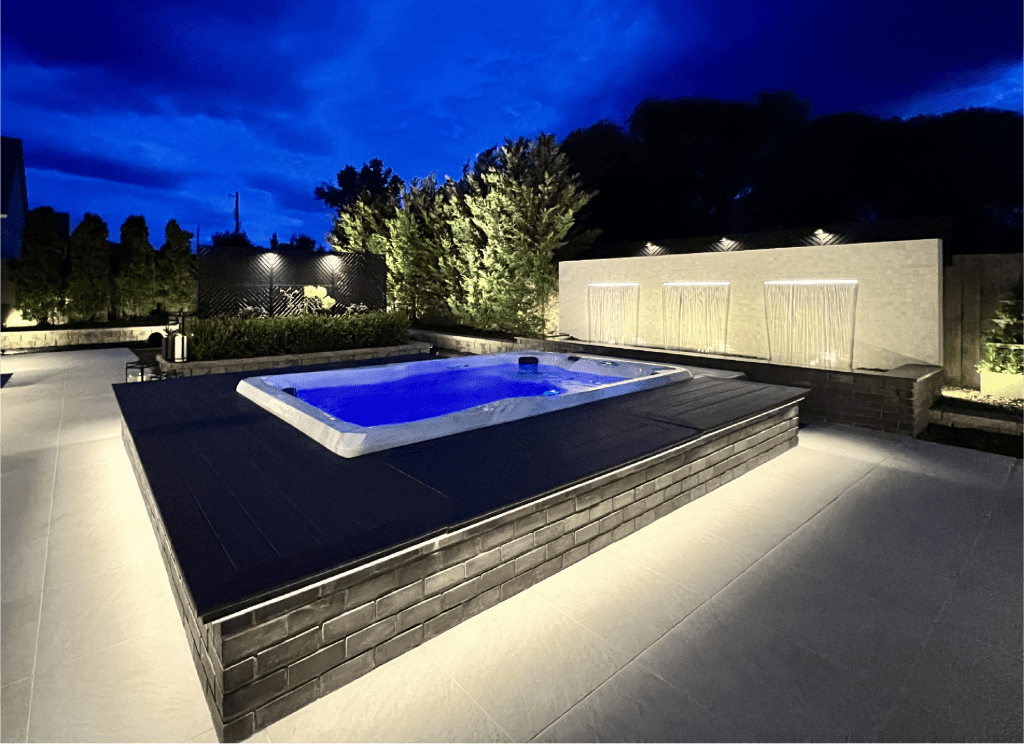
When lighting a pond, use submersible LED lights in cool blue or white tones to mimic the natural shimmer of moonlight on water. Add small path lights around the edge of the pond to emphasize its shape and guide visitors safely at night. The reflections from water features often extend onto nearby surfaces, such as stone pathways or adjacent plants, amplifying the effect. For moving water, such as waterfalls or brooks, lighting can bring out a sense of flow and energy, creating a calming yet captivating focal point.
Watch for Seasonal Shifts
Since natural features are always changing, so should the lighting. Trees grow taller, plants bloom and fade, and the seasons bring shifting colors and textures to a garden. Lighting can respond to these changes, ensuring the landscape feels fresh and engaging year-round.
For example, in spring, highlight vibrant blooms like tulips or daffodils with soft, warm light. Use path lights to guide attention to flower beds bursting with color.
In summer, focus on lush greenery by uplighting trees and hedges. Soft downlighting can create a moonlit effect for evening gatherings.
In autumn, use warm, amber-toned lights to enhance the fiery hues of changing leaves. This season offers dramatic contrasts, especially when uplighting golden trees or deep-red shrubs.
In winter, bare branches and dormant plants become striking silhouettes when lit from below. Cool lighting enhances the crisp, stark beauty of the season, while soft glows from nearby evergreens can add warmth and life.
Depending on plant growth or the change in seasons, a spotlight’s bulb can easily be swapped out for a different color temperature or you can angle the fixture differently to respond to changes in the foliage or structure of the plant.
Most importantly, a garden is not static, and for that reason, the lighting shouldn’t be either. Trees grow taller, bushes fill out, and plants spread over time. As these changes occur, new opportunities for lighting will emerge. A sapling that was uplit this year may need a stronger fixture in a few years as it matures. Shrubs that have grown denser might benefit from lights angled to bounce off their thicker foliage.
Likewise, new additions to a garden – like a flowering tree or a koi pond – offer fresh chances to reimagine your lighting design. Keep the design flexible by using adjustable fixtures and path lights that can be easily moved to adapt to the garden’s evolving needs.
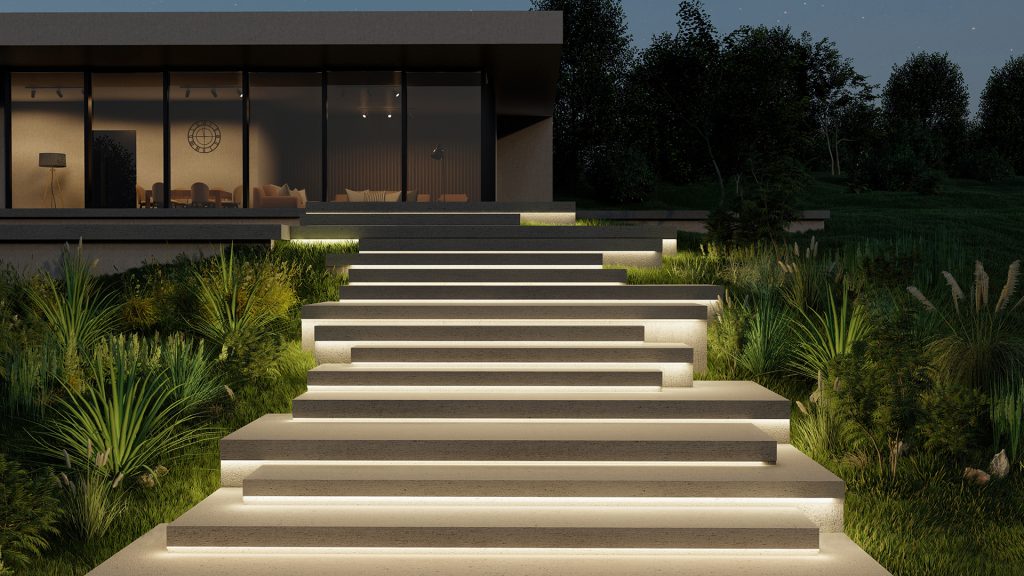
About the Author

Robert Lanteigne, also known as Lightbob, is a visionary entrepreneur, artist, electrician, and mentor, originally from Montreal and now based in Florida. With decades of experience, he has built an impressive career in lighting design and creative coaching, working with architects, engineers, and designers around the world. As the founder and CEO of Lightbob.com, Robert leads a globally recognized lighting design company, delivering innovative solutions to clients worldwide.
Bob’s exceptional expertise in lighting design has made him a renowned figure in the industry. His work has been featured in prestigious publications such as Architectural Digest and Interior Design, and he is a frequent speaker at major industry events globally. A former member of the International Association of Lighting Designers, Bob is now an active member of the Lighting Agora, solidifying his lasting influence on the lighting design community.
Related articles
Continuing Series: How to Use Warm & Cool Light to Create Atmosphere in Landscapes
New Series: The Non-Technical Language of Landscape Lighting
The Art and Hardware of Lighting: Finding Beauty in Function


